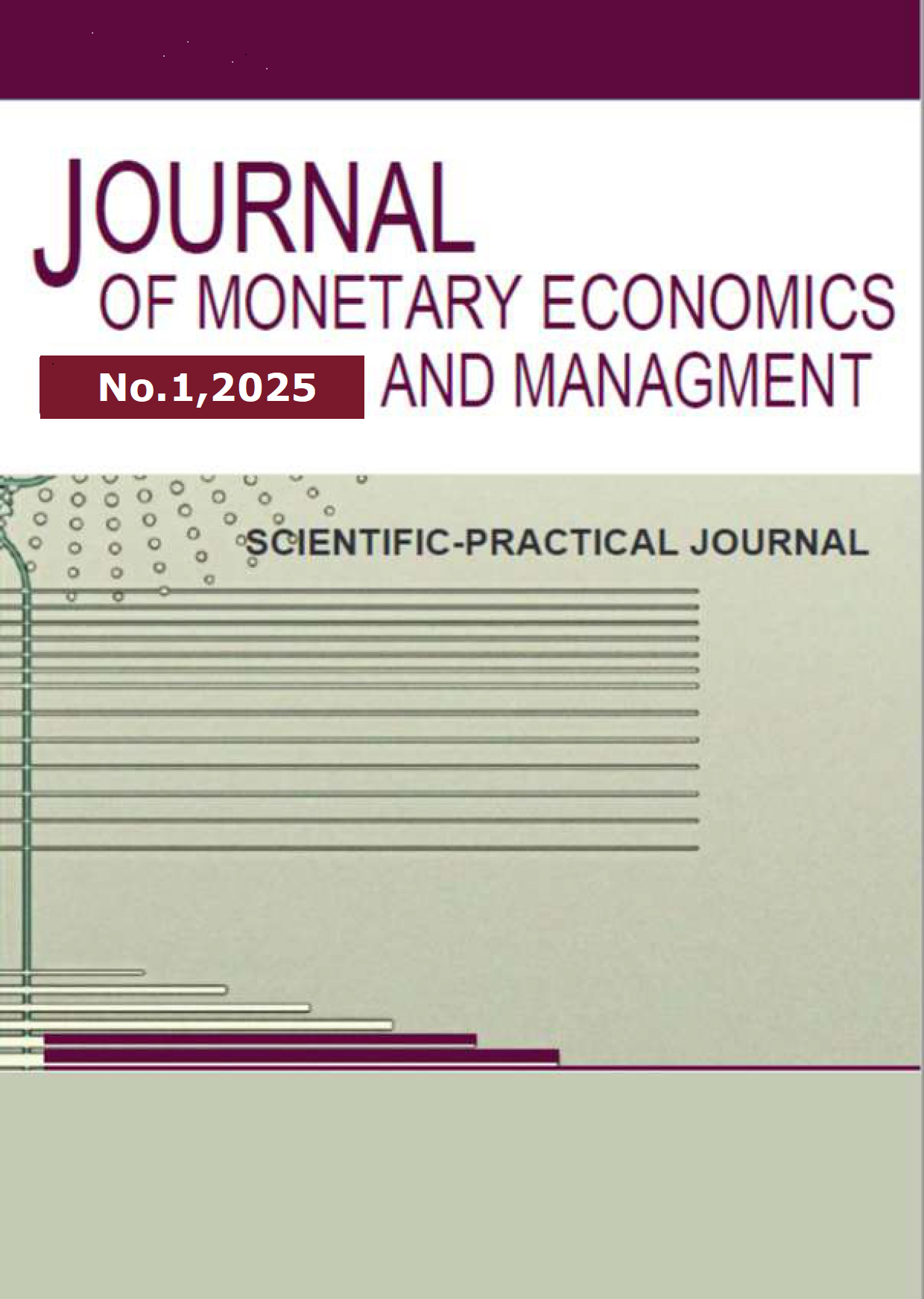A new approach to solving the problems of statistical analysis and management in transport systems is based on statistical invariants in the description of the distribution spectra of flows, service systems and queues. In the post-industrial period of the development of civilization, the intensity of man-made processes increased to an extreme level. There is a chronic shortage of natural resources. Under these conditions, the declarative laws of organized simplicity and unorganized complexity reached their limits and began to slow down the development of post-industrial society. The transition to an intensive development path has begun, requiring the development of new technologies for the efficient use and recovery of limited resources. When solving problems of organized complexity, as one of the fundamental problems of modern scientific research, a compromise is sought between the organization of complex systems and processes and the spontaneous nature of uncertainty. The correct solution to the problem of the coherence of the parts as a whole in their group interaction is possible in the case of a synthesis of natural and artificial intelligence. The solution of these tasks involves the development of new high–tech technologies from the perspective of a new scientific field - invariant statistics, where they abandon the declaration of a general population with a given distribution law and parametric adjustment based on observed data. Statistical invariants are calculated from the observed population and form the basis for generating a discrete and limited spectrum of this population. The distribution laws are not specified, but are obtained during the analysis process. The resonant distribution spectrum of the observed flow of events represents an individual portrait of this flow of events, on the basis of which it is possible to solve the problems of its statistical analysis, determining the nature of its internal organization and degree of disorganization, diagnosing its conditions, making decisions in comparison with hypotheses, estimating unproductive time losses, delayed work and queues.
solution approach, statistical analysis, management, transport system, resource constraint, consistency, organization, intensity, boundary conditions, group interaction, statistical invariant, the law of flow distribution
1. Weaver W. Science and complexity. – American Scientist, N36, 1968. p.p. 536-544.
2. Klir Dzh. Sistemologiya. Avtomatizaciya resheniya sistemnyh zadach. – M.: Radiosvyaz', 1990. - 544 s.
3. Moiseev N. Chelovek i noosfera. – M.: Mol. gvardiya, 1990. - 352 s.
4. Venda V.F. Sistemy gibridnogo intellekta. Evolyuciya, psihologiya, informatika. – M.: Mashinostroenie, 1990. - 446 s.
5. Belyy O.V, Kokaev O.G., Popov S.A. Arhitektura i metodologiya transportnyh sistem. – SPb.: Elmor, 2002. - 256 s.
6. Belyy O.V, Popov S.A., Francev R.E. Transportnye seti Rossii (sistemnyy analiz, upravlenie, perspektivy). – SPb.: SPGUVK, 1999. - 147 s.
7. Trifanov V.N. Metodicheskie osnovy sinteza dinamicheskih setey. Algebraicheskoe ravnovesie i statistika / Preprint № 148 pod red. V.M. Ponomareva // AN SSSR. – L.: Leningradskiy institut informatiki i avtomatizacii, 1991. - s. 59-61.
8. Tuarsheva O.A. Izuchenie soglasovannosti ritmov potoka pribyvayuschih sudov i potoka obsluzhivaniya sudov. - Transportnoe delo Rossii, № 6, M., 2018 g. № 1273 v spiske VAK na 07.05.2018 g.
9. Tuarsheva O.A. Osobennosti kommunikacionnyh sred. - Materialy nacional'noy ezhegodnoy nauchno-prakticheskoy konferencii professorsko-prepodavatel'skogo sostava FGBOU VO "GUMRF imeni admirala S.O. Makarova» /Sb. nauchnyh statey: – SPb.: GUMRF imeni admirala S.O. Makarova, 2019 g. s. 194-199.
10. Tuarsheva O.A. Struktura rezhimov transportnyh kommunikacionnyh sred. - Transportnoe delo Rossii, № 5, M., 2019 g. № 1273 v spiske VAK na 07.05.2019 g.









